3 Techniques: UAD Galaxy Tape Echo—with Producer Teo Halm
“Music is truly all I care about.” That’s not a surprising statement to come across in A SonicScoop interview, but coming from ascending producer Teo Halm it’s truly saying something.
Halm is already a Latin GRAMMY-winning songwriter at the age of 20, picking up a statue for co-writing the electrifying/alluring reggaeton smash “Con Altura” by Rosalía (featuring J Balvin). He’s also co-written and co-produced the atmospheric “Mood 4 Eva” by Beyoncé, Jay-Z and Childish Gambino, from the GRAMMY-nominated 2019 soundtrack album The Lion King: The Gift.
Collaborations with the likes of Khalid, King Princess, Choker, Goldlink, and Kelsey Lu have also been keeping him hopping in his Los Angeles home studio.
Hot stuff, but don’t think of it as a meteoric rise for Halm, who’s actually been tasting artistic fame for over a decade. A child actor who nabbed his first role at the age of 10, Halm has an IMDB page that perfectly balances his discography with film and TV credits including work on the Disney Channel, the James Franco-directed Bukowski, and the 2019 indie film Spiral Farm.
But perhaps it was his appearance as Alex in the family sci-fi film Earth to Echo that proved the most prescient. In this latest “Three Techniques,” Halm uncovers his unorthodox approach to using Universal Audio’s UAD Galaxy Tape Echo plugin, an emulation of Roland’s famed RE-201 Space Echo tape delay/spring reverb that’s blown the minds of engineers/artists/listeners across rock, pop, dub and beyond.
“I like to use it ‘structurally’ as a sound source, as opposed to an effect,” Halm stresses. “It’s fantastic when applying reversing and automation, to bring things in and out of arrangement textures. Taking on an experimental attitude with things like the Galaxy Tape Echo came out of only having a couple of tools to start out with in my studio: Limiting myself in turn allowed me to make the most out of what I have. At the end of the day, I think that’s what a developer would want—for something to not be used the way they intended it to.”
For Halm, entering rule-break mode on a plugin starts by taking a good look at the interface. Then he looks at it all over again with fresh eyes and altered expectations. “I see the GUI, but then I think again about what each thing is doing,” he explains. “It becomes less about the plugin, and more about having a demand for something sonically and needing to supply it.
“I guess it’s just playing around,” adds Halm. “It’s having a child’s view of it, and not taking the process too seriously. I’m 20 years old—I’m a kid!—so at the end of the day it’s just toys to me.”
Producer: Teo Halm
Production facility name and location: Home – Midcity, Los Angeles, CA
Select Credits: Rosalía, Beyoncé, King Princess, Choker, Khalid, Goldlink, Kelsey Lu
Getting Creative: I love honest music. Whenever I’m working on something, my primary goal is to serve the intention at hand. That might mean being completely hands on, or stepping back and capturing a moment. I love working with people who are patient, and willing to experiment and I think people come to me for the same.
My Go-To Plugin: I ADORE effects. There’s a time and a place, but whenever I can use tape/space echo to add depth to a song, I will. Echo is a big part of spacing elements of a song, and having such a close emulation of my favorite echo is a cheat code for me.
Technique #1: Structure
I like to experiment with printing the wet signal of FX, whether that’s taking a really long feedback and reversing it to create a crescendo, or using long feedback to create an exclamation on the downbeat of a new section.
On “I’m Not In Love” by Kelsey Lu, I used the Galaxy Tape Echo a lot. At 5:17, there’s a sound that crescendos into the final section of the song; I did that by taking one of her background vocals, and cranking the feedback leading up to the downbeat, printing it, then reversing that and using it as a crash at 5:20.
The specific settings depends on the song. I like how head #8 sounds for feedbacking.
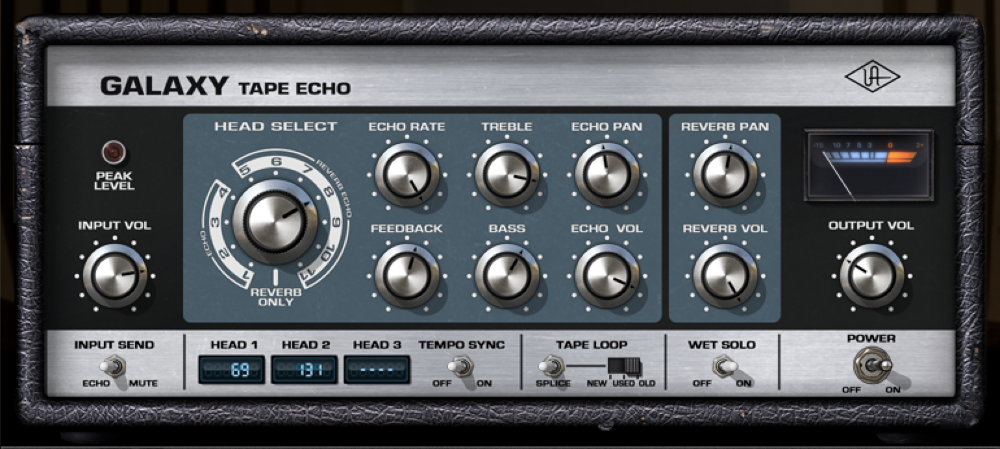
Halm used the Galaxy for structure, rather than as an effect, on Kelsey’s Lu lush “I’m Not in Love.”

Technique #2: Automation
I was messing with the different heads on a Roland Re-201 Space Echo thinking about how I’d have more control over the automation of the echo by using a plugin. Each head on the Galaxy Echo sounds different to me, so one thing I like to do is automate the plugin to switch heads on each beat.
At 2:56 of “Lucky” by Choker, the tape head is being switched like so on every beat. Also, automating the Echo Rate creates a great effect. Sometimes I’ll automate the unit to turn on with a lot of feedback once a new section begins to create movement.
Technique #3: EQ
It might be placebo, but I love to use the TREBLE/BASS as EQs while having only the wet signal come through. To me, it just has a slightly different, more subtle way of accentuating frequencies. I also like using the Tape Loop setting on “used” and “old” to reduce the brightness of sounds.
Final W.O.W. (Words Of Wisdom):
I always like to interpret a plugin or any piece of gear for myself. EXPERIMENT! There are no rules, and there is no wrong way. Step out of the box, even when you’re working “in the box.”
Please note: When you buy products through links on this page, we may earn an affiliate commission.







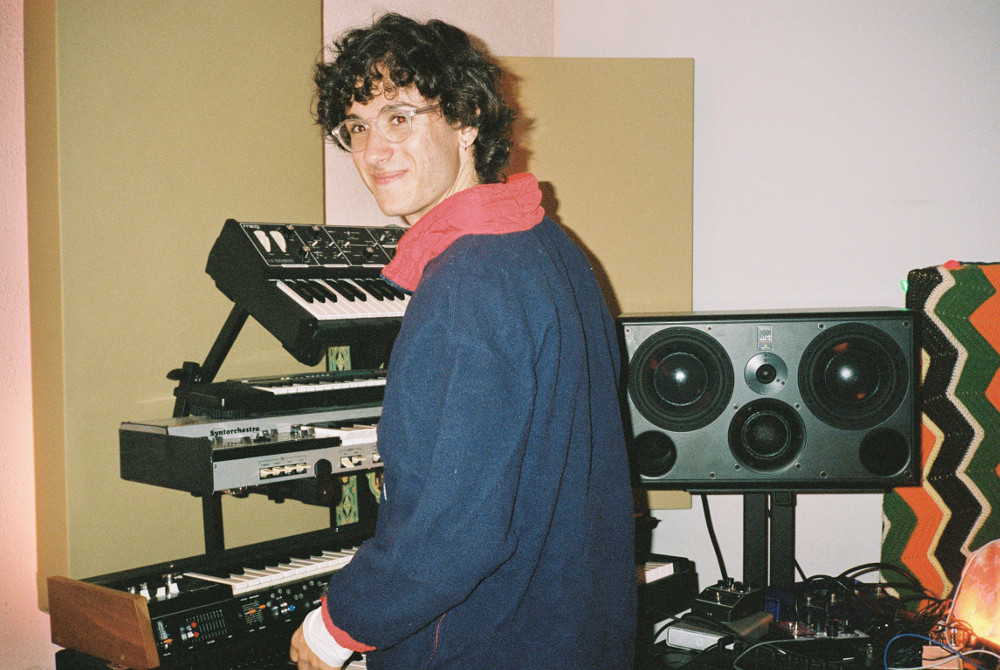
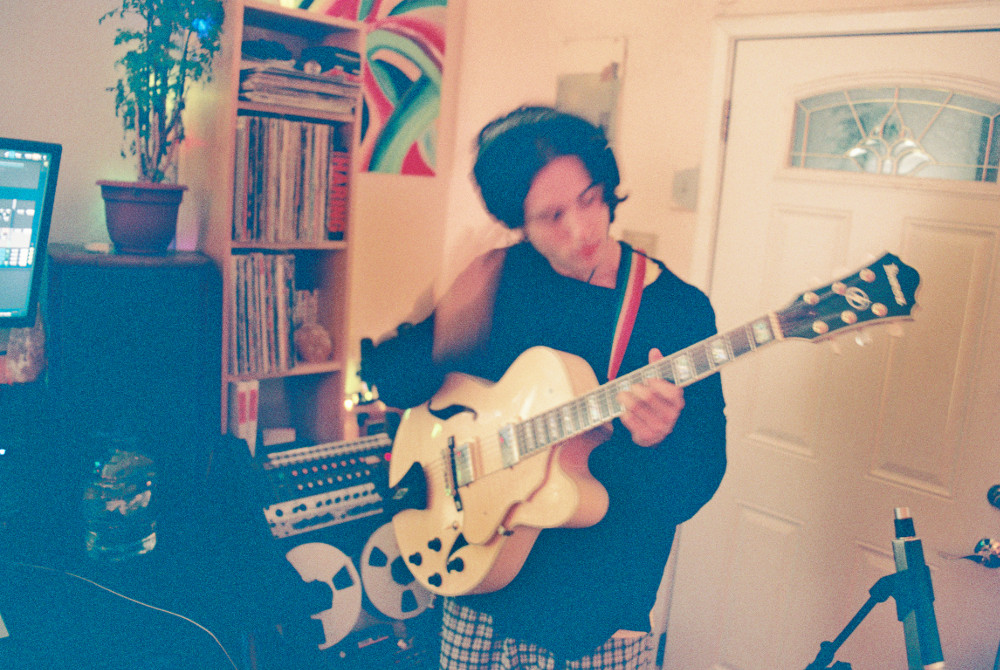
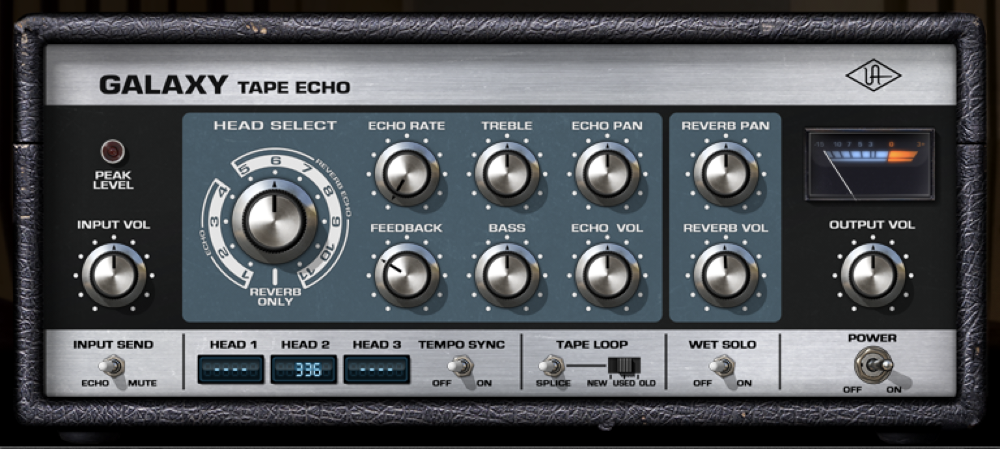
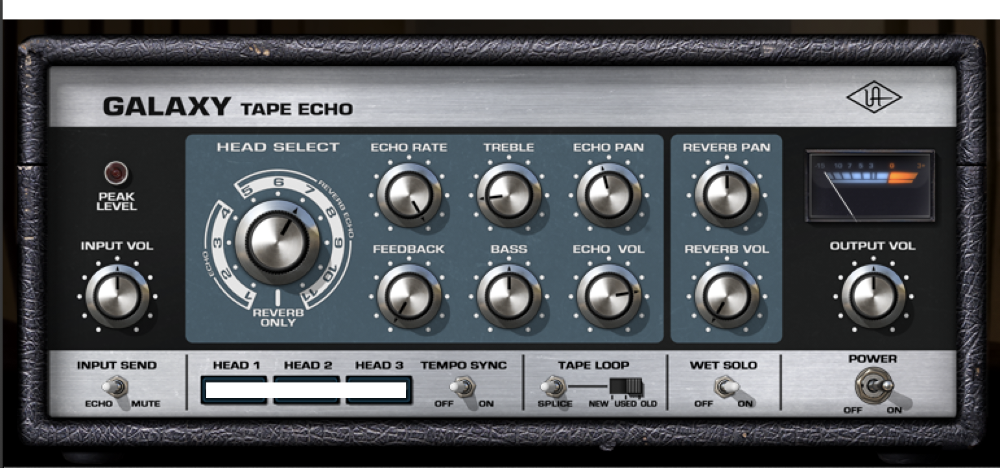
[…] Halm is already a Latin GRAMMY-winning songwriter at the age of 20, picking up a statue for co-writing the electrifying/alluring Read more… […]